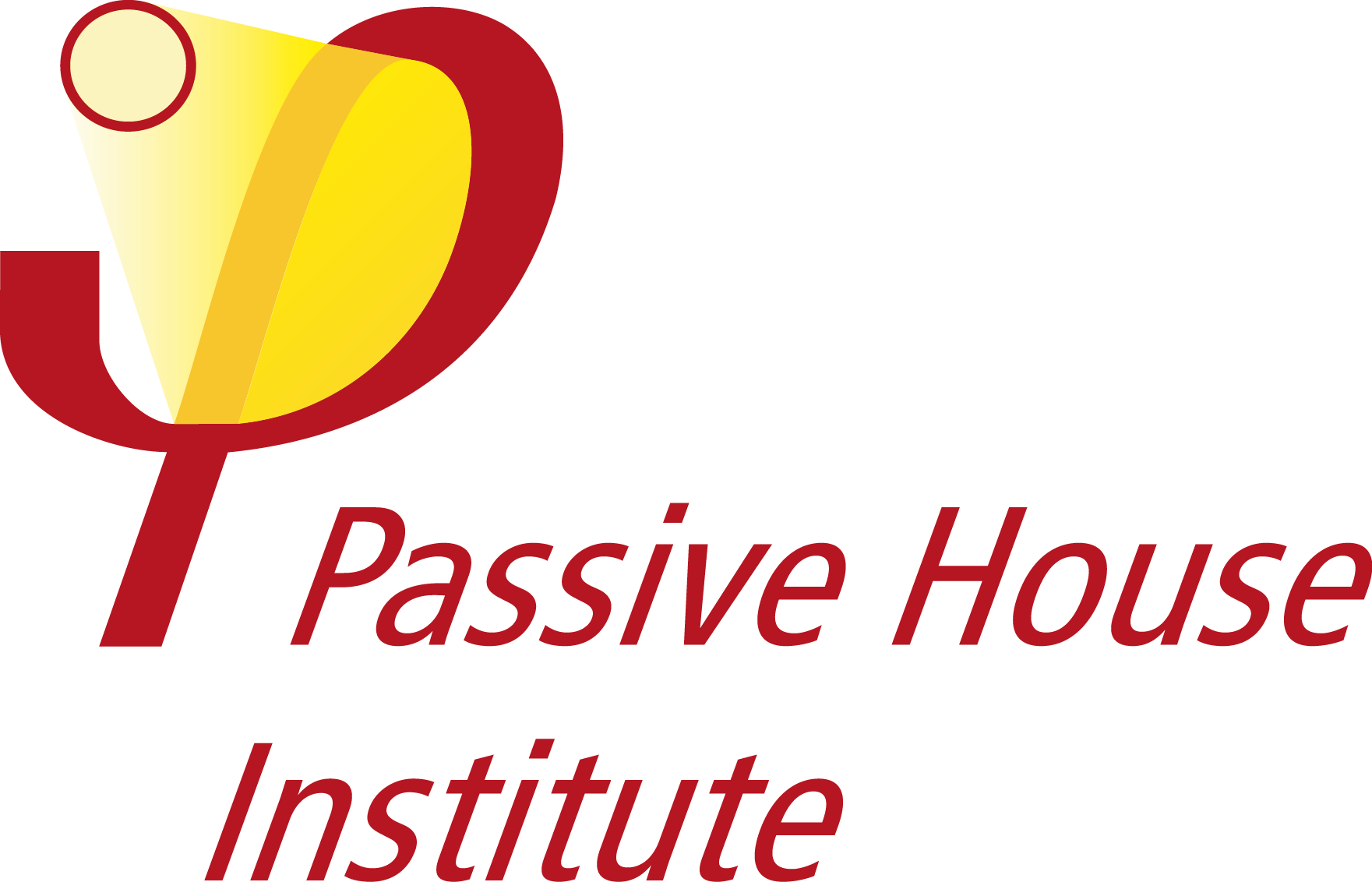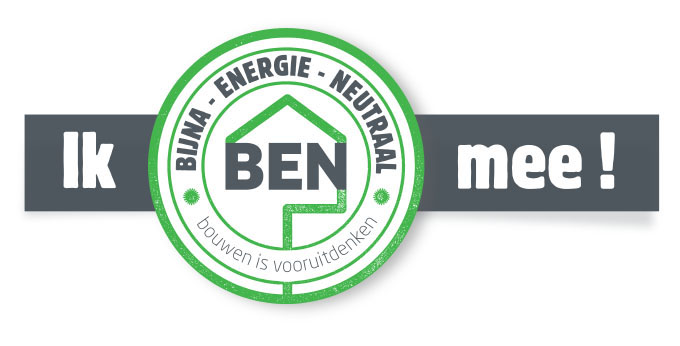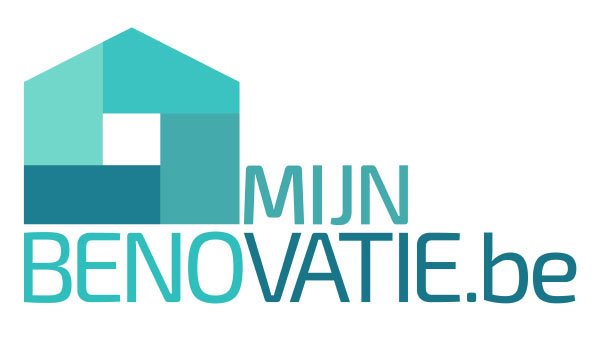The energy performance of buildings is based on European legislation, in particular the original directive 2002/91/EC, also called the EPBD. This directive was in line with the “20-20-20 targets” of the European Union: to reduce CO2 gas emissions by 20%, to reduce energy consumption by 20% and to increase the share of renewable energy to 20% (reference year: 1990). Other considerations played a role as well, such as a reduced dependency on non-European energy sources. The subject of renewable energy is further detailed in European Directive 2009/28/EC; a minimum renewable energy share will also be slowly introduced into the energy performance requirements for new buildings.
Because the current path could not ensure a 20% reduction in energy consumption by 2020, Europe created the 2012/27/EC Directive. This directive covers the general subject “energy efficiency” and came into effect in December 2012. It mainly affects existing houses and buildings. Belgium, for example, has set targets for each of its 3 regions, which should result in an annual energy saving of 1.5% for the period 2014-2020. Energy policy agreements for companies are an example of this, just like the better-known premium systems through distribution network operators, mostly effecting the existing building stock.
nZEB
The recast of the energy performance directive (2010/31/EC) included not only stricter requirements for new buildings and renovations, and a stronger role for the energy performance certificate, but also the introduction of the term nZEB (nearly Zero Energy Building). The description in the recast was: “A building with a very high energy performance, as set out in Appendix I. The nearly zero or very low amount of energy required should be covered to a very significant extent by energy from renewable sources, including energy from renewable sources produced on-site or nearby.” As from 2021, this will be the standard for all newly built houses in the whole of Europe!
In the run-up to 2021, the energy performance requirement for new buildings will gradually become more strict. The final objective is the transfer to NZEB at the beginning of 2021 and for public buildings this will already apply as from 2019. Simultaneously, an increasingly large mandatory share of renewable energy will have to be realised. As this European legislation has been set out in a Directive, the member states will have to convert this European policy into national legislation and integrate it into local energy policies. In Flanders (Belgium) the entire process for up to 2021 has been set out and a mandatory minimum share of renewable energy has been imposed as from the beginning of 2015; the legislator prioritises six possible sources: solar heaters, PV (photovoltaic) panels, biomass, heat pumps, district heating, and participation in energy projects. As of 2018 the K-level requirement and the net energy demand requirement for a newly build houses were replaced by the S-level requirement that is established at S31 for 2018. For 2021 the S-level requirement will be S28 and the E-level E30, which is NZEB. NZEB buildings are set to be the standard for all new homes across the whole of Europe from 2021! Soudal is nZEB pioneer and one of the initiators of the BENOveren”, (better renovation) scheme, which focuses on energy efficient renovation.
Passive house

The passive house concept is based on the ideas developed by Dr. Feist at the University of Darmstadt (Germany) in the 1990s. It was founded on the Trias Energetica:
- Prevention: limit energy consumption by avoiding waste.
- Use sustainable sources of energy as much as possible.
- Use fossil fuels as efficiently as possible to meet the remaining energy needs.
For translating this principle into building practice, it is of prime importance to take great care ensuring the building envelope is very well insulated and airtight.
Attention should also be paid to good compactness, good orientation and, of course, controlled ventilation. In the original concept the ventilation ducts were also used for heating purposes; due to the absence of a classic ‘active’ heating system this type of house was called a passive house. Meanwhile other “heating aids” are being used but the basic criteria for a passive house have remained the same:
- Net energy need for heating ≤ 15 kWh/m² per year
- Airtightness n50-value ≤ 0,6 vol/h
- Temperature exceedance factor above 25°C ≤ 5%
This translates into a building which has, in winter as well as summer, a very comfortable interior climate and requires only a minimum amount of heating. It is obvious that a passive house is the ideal way to achieve an NZEB as the limited energy need can easily be met by renewable energy. Meaning: Zero Energy Ready! For this reason, in 2015, the Brussels District (Belgium) opted for the passive house standard for all newly built houses in the run-up to 2021. Brussels obviously wants to play a pioneering role as the European capital!

